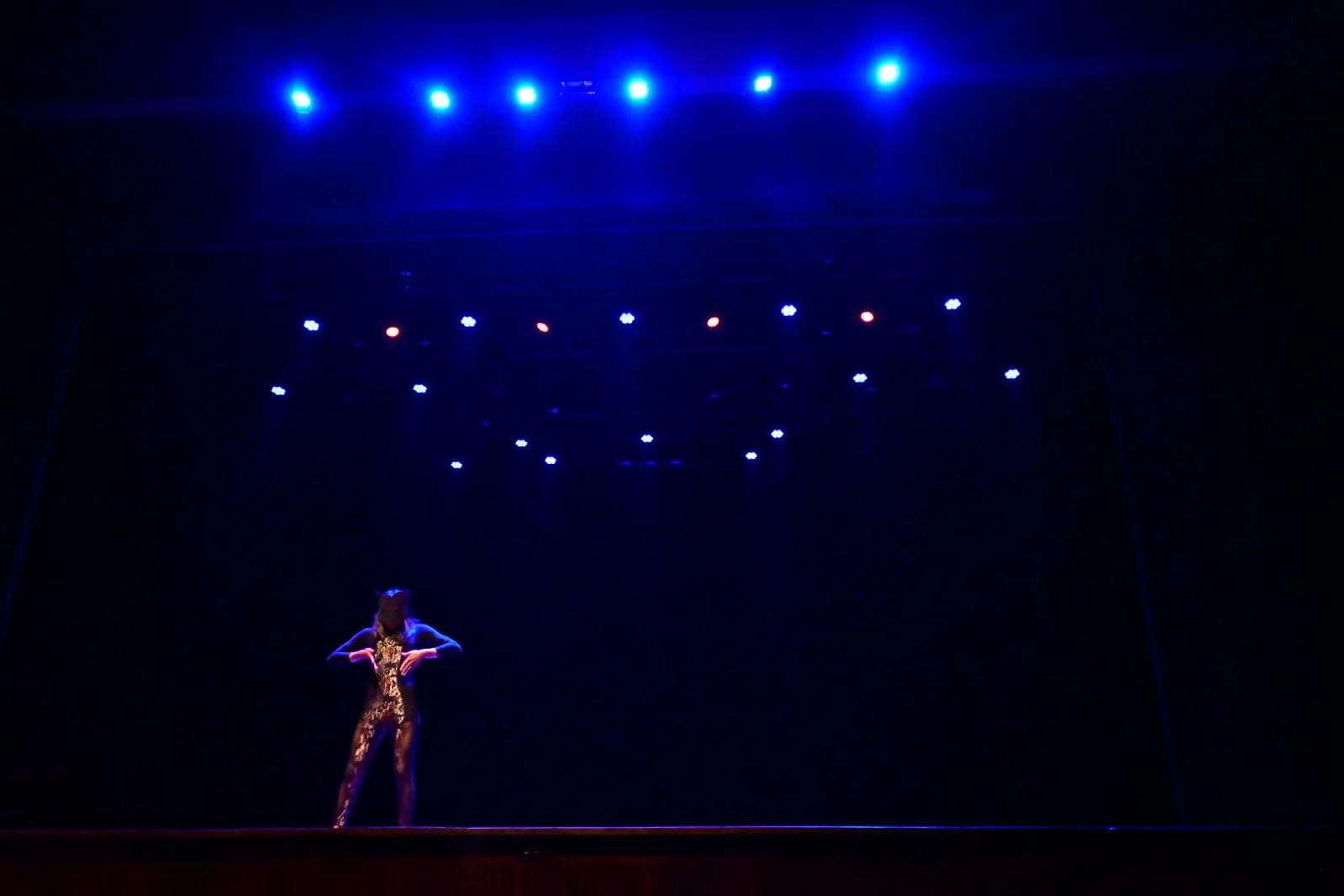
TRAVIESA WERA DANCE
The Traviesa Wera Dance documents Las Traviesas performing traditional Emberá dances, yet these are not acts of cultural preservation but of radical reinterpretation. Dance functions here as ritual and laboratory—a return to women's spaces where dresses, headdresses, and gestures are collectively crafted, and where traditional forms become sites for imagining new possibilities of being Emberá and woman.
Las Traviesas approach Emberá dance not as static tradition but as living practice open to transformation. They employ materials, colors, and adornments that diverge from those worn by cisgender Emberá women—bolder hues, different beadwork patterns, gestures that blend ancestral choreography with contemporary expression. Through these choices, they simultaneously honor and queer Emberá cosmovision.
These performances demonstrate that there are many ways to be an Emberá woman. Moving together, Las Traviesas embody both memory and futurity—the resilience of survival, the joy of community, and the insistence that tradition itself is alive, fluid, and continuously remade by those who inhabit it.
WERA ARIBADA
In Wera Aribada, Liana Nembaregama embodies a queer aribada—a being drawn from Emberá Chamí cosmology, half-human and half-jaguar, capable of traversing worlds. Wearing a mask that merges ancestral and contemporary forms, she channels the power of the jaibaná, the healer who communicates with the jai, the vital energies that inhabit all beings and elements of nature.
Through movement and sound, Nembaregama reclaims the figure of the aribada—once feared as a monstrous spirit that devoured women—transforming it into a symbol of resistance and transformation. The performance becomes an act of healing and self-reclamation: a dance of rebirth where the woman-aribada body returns as medicine, as jaguar, as becoming.
